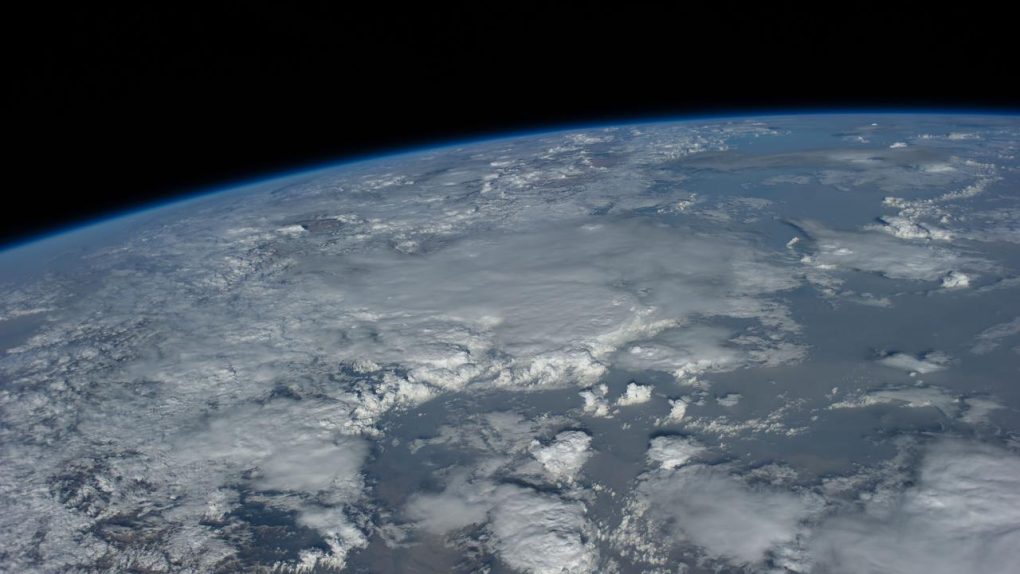- Understanding when and where life first took root on Earth is something that scientists have struggled with for a long time.
- The best evidence of the beginnings of life comes in the form of molecular signatures in ancient rocks, like those of the Dresser Formation which is located in present-day Australia.
- New research reveals the presence of organic molecules in the rock that is estimated to be approximately 3.5 billion years old.
Earth is the only planet that we know of that has life, and it’s also the only planet that we’ve ever found evidence of past life. With that in mind, you can understand how important it is for scientists to have a good understanding of how life began on our planet, as it would provide a foundation for the study of life’s origins on other worlds as well.
Australia’s Dresser Formation — an ancient chunk of Earth’s crust that is exposed to the surface in the Northwest region of the continent — has provided scientists with evidence of the earliest life on Earth. Now, researchers studying a 3.5 billion-year-old slab of the formation believe they’ve detected chemical signatures that are essentially the building blocks of life.
In a new study published in Nature Communications, researchers report the discovery of “organic molecules and gasses” in rock samples that are estimated to be 3.5 billion years old. These rocks, called barites, may hold the clues to the formation of some of our planet’s earliest microbial life forms, and at the very least they provide supporting evidence for the hypothesis that life on Earth began on an extremely small scale.
‘In the field, the barites are directly associated with fossilized microbial mats, and they smell like rotten eggs when freshly scratched,” Dr. Helge Missbach, of the Institute of Geology and Mineralogy at the University of Cologne, and lead author of the study, said in a statement. “Thus, we suspected that they contained organic material that might have served as nutrients for early microbial life.”
Discovering evidence of the earliest life forms on Earth is incredibly difficult for a few reasons. For starters, microbes don’t really leave fossils behind, at least in the traditional sense. These tiny organisms are pretty much completely erased from the fossil record when they die, so researchers have to look for other things to indicate their presence. Organic compounds that may have been food or waste are sometimes the best evidence we can hope for.
The research and the discovery itself isn’t exactly a smoking gun, but it is incredibly interesting and potentially meaningful in the overarching effort to better understand how life on Earth took root. In years to come, we might have an even better understanding of where life first emerged on our planet, and what specific conditions allowed for it to form.








